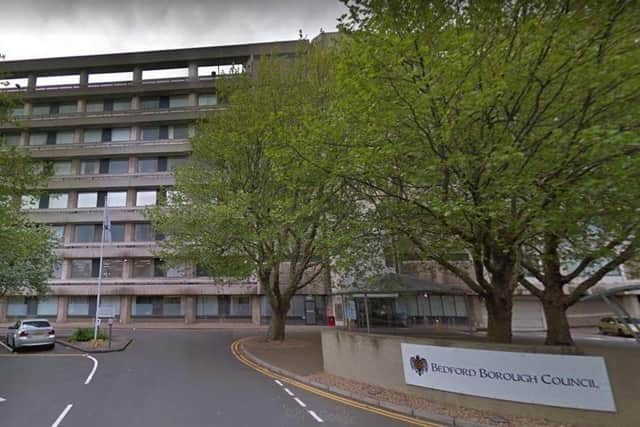Bedford Borough Council saved millions by binning the county's dump restoration plans
and live on Freeview channel 276
Bedford Borough Council has saved tax payers “millions of pounds” by binning the former county council’s original restoration plans for a rubbish dump, a senior council officer has said.
A report presented to the Climate Change Committee (Monday, February 6) said the borough council’s restoration project for the Elstow landfill site has saved borough taxpayers up to £8 million.
Advertisement
Hide AdAdvertisement
Hide AdThe Elstow landfill site was transferred to the borough council after the county council was abolished in 2009.


Paul Pace, chief officer environment, told the committee that the former county council’s consultants had put forward a restoration scheme for the site that was “just short of £8 million worth of capital money.”
The plan was to cover the site in man-made liners and cover this with material the county council would have to pay for, he explained.
“We decided to try and test the market to see whether there was acommercial value in us opening up to take restoration soil onto the site,” he said.
Advertisement
Hide AdAdvertisement
Hide AdThe restoration soil is generated by removing topsoil at development sites, such as Wixams.
“We managed to get a contract that is still in place now that actually we generate income for every ton of material that’s brought into the site,” he said.
“We’ve brought in over the last year and a bit over half a million cubic metres of soil, all collected locally.
“So not only have we saved a significant amount of capital money, we’ve also brought in over £1.5 million of extra money whilst doing all the restoration of the landfall site,” he said.
Advertisement
Hide AdAdvertisement
Hide AdAll the soil that comes to the site has to be certified before being transported to Elstow.
“We then quality check and analyse the soil that’s coming into the landfall site,” Mr Pace added.
“It all has to be put down in certain levels of thickness, compacted and meet various tests, and it’s then all signed off by the Environment Agency as well.
“So basically, all that restoration work has been paid for by the contractor as well as generating a fee as well, which is a significant result to the council and to the taxpayers,” he said.